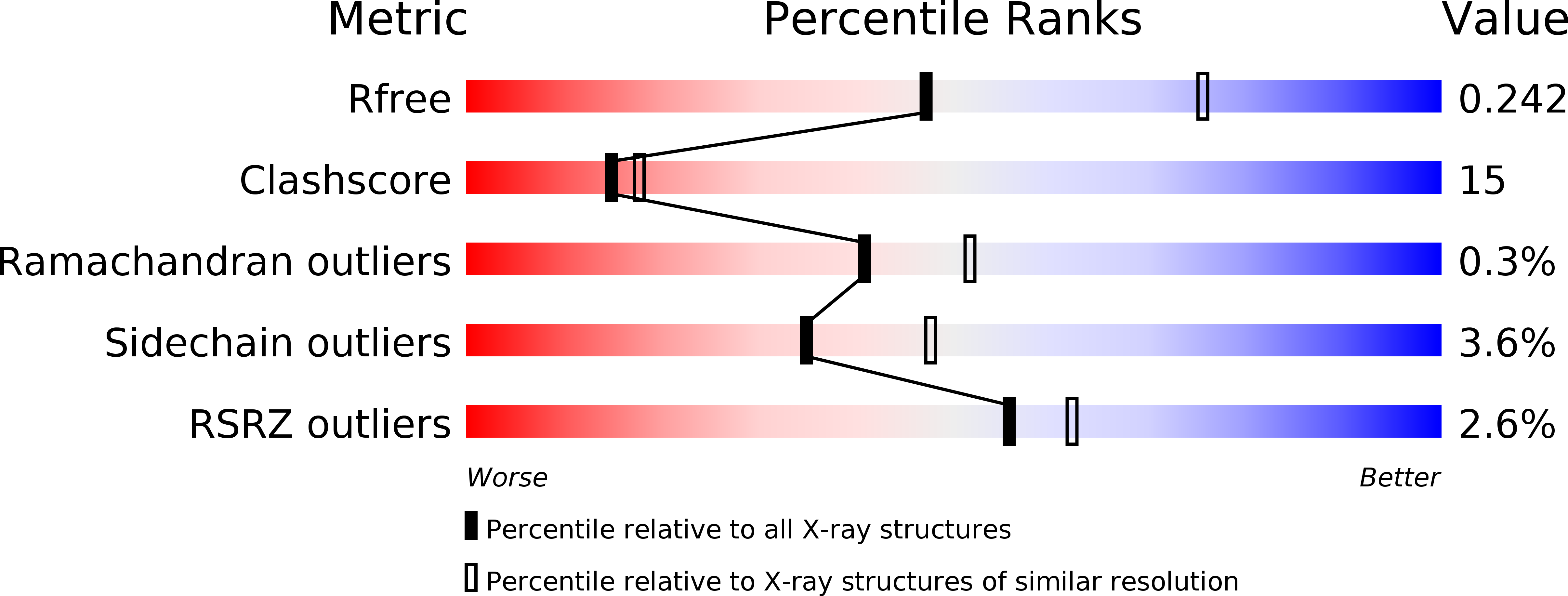
Deposition Date
2018-04-26
Release Date
2018-07-18
Last Version Date
2024-10-16
Entry Detail
PDB ID:
6D8E
Keywords:
Title:
Discovery of a Highly Potent and Broadly Effective EGFR and HER2 Exon 20 Insertion Mutant Inhibitor
Biological Source:
Source Organism:
Homo sapiens (Taxon ID: 9606)
Host Organism:
Method Details:
Experimental Method:
Resolution:
2.54 Å
R-Value Free:
0.24
R-Value Work:
0.20
R-Value Observed:
0.21
Space Group:
I 2 3


